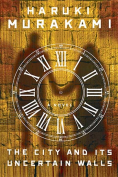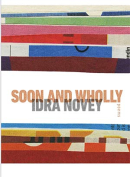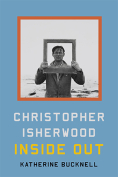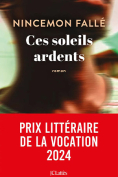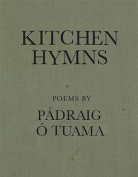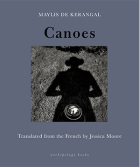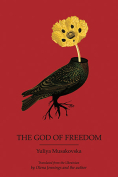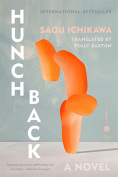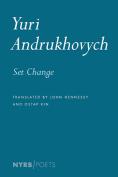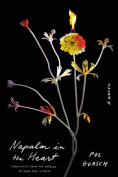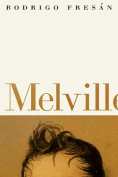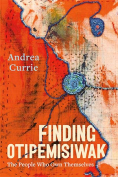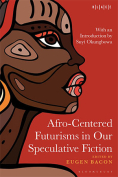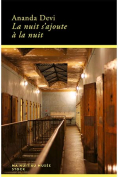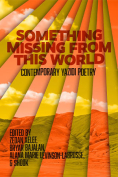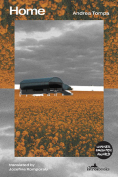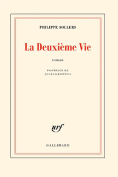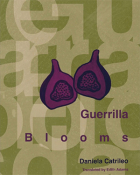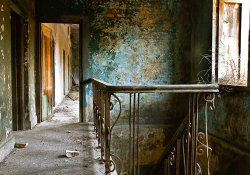Provincials: Postcards from the Peripheries by Sumana Roy
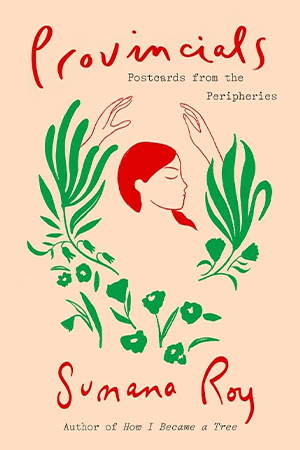
New Haven, Connecticut. Yale University Press. 2024. 352 pages.Scribe. 2025. 480 pages.
Sumana Roy is an Indian poet, novelist, nonfiction writer, and faculty member in the English department at Ashoka University in Delhi (see WLT, Nov. 2024, 26). Her academic and creative identities are deeply intertwined, and in Provincials she has written that rare book which is deeply erudite and highly entertaining.
Roy’s literary identity is rooted in her formative years in Siliguri, a small town in north Bengal on the foothills of the Himalayas. She writes that her X/Twitter handle is Sumana Siliguri, and her hometown is as integral to her as her last name. In this work, Roy defines her literary identity as that of a provincial as opposed to the metropolitan that has dominated the literary canon both in India and the west. The “provincial” has been relegated to the margins of literary history. Being a writer from a small town, Roy undertakes the task of deconstructing the notion that the provincial is only the place of nature as opposed to the city as the locus of culture. She explores the provincial affiliations of a wide variety of Indian and European writers, forging in many ways a literary kinship with them.
Among these the most notable are Rabindranath Tagore and William Shakespeare. Although Tagore was born in Calcutta, he spent his formative years on the banks of the river Padma, in present-day Bangladesh, and in later life went on to create a university in Shantiniketan, far from the madding crowd of Calcutta. Similarly, Shakespeare was born and grew up in the village of Stratford-upon-Avon and was never completely at ease in London. Shakespeare faced the ridicule of his peers Thomas Greene and Ben Jonson for not having the benefit of a proper education in Latin and Greek. Greene famously insulted Shakespeare as “an upstart crow.” Roy does not disagree with these comments by Shakespeare’s peers but is more interested in the quality of achievements of provincial writers despite their limitations. Among these contributions, Roy attributes Tagore’s enrichment of Bengali literary modernism by a turn to the provincial, in the rhythms and rituals of rural life, far from the humdrum of city life.
Interspersed with these critical reflections on the contribution of the provinces to literary movements in the oeuvres of such wide-ranging writers like Goethe, Naipaul, and philosophers like Heidegger and Derrida, Roy also weaves in vignettes of the clash between the urban and provincial cultures in her own life. She emphasizes how provincial life is characterized by a paucity of resources and the belatedness in the arrival of information. At least that was the case in the decades she was growing up in Siliguri in preliberalization India.
The book begins with the love letters Roy received in her youth and the cards she read and memorized in the Archies card gallery in her town. Through these, she becomes aware of the value of the English language to the provincial as cultural capital. Later in the work, Roy discusses her travails with pronunciation, learning English as she did from teachers whose mother tongues were Bengali or Nepali. This gets exacerbated after Roy’s mispronunciation of a word is ridiculed during her short stint in a Calcutta boarding school. Roy elaborates that memory with many anecdotes about mispronunciation by evoking the humor of such provincial errors, especially for words that for a bilingual audience trigger puns with scatological associations in her native Bengali.
Roy observes that with the advent of the internet the information gap has reduced for places like Siliguri. Instead of New Criticism, which was the dominant mode of interpretation for English majors, scholars in provinces are able to access the arcane language of high poststructural theory. However, instead of producing more sophisticated readings, provincial scholars today are employing what Roy calls the language of “bricolage,” jargon that is impossible to decipher. This is now passing for professionalization of the discipline, producing a serious lacuna in the reading of literary works and perpetuating the divide between writers and theorists.
Roy herself admirably bridges the gap between literary theorist and writer in Provincials. She successfully undertakes the job of the literary historian in tracing a genealogy of the provincial covering both European canonical writers as well as writers in Indian regional languages. She also melds this project with that of many elements of the lyric memoir, weaving in vignettes of her childhood and educational journey in a small town. She successfully argues for the place of the provincial in world literature by deconstructing the idea that the provincial is antithetical to the locus of high culture.
If there is one aspect of her argument that could be more nuanced, it would be her tendency to group all urban spaces as the repository of cultural privilege. As someone who grew up in Indian cities, I find that cities do vary by neighborhoods, and the center/periphery logic applies to areas within a city just as it operates with respect to the provincial. A neighborhood like Behala or Jadavpur comprised of working-class and often refugee populations in Calcutta will be considered just as peripheral as more remote small towns.
Lopamudra Basu
University of Wisconsin–Stout
